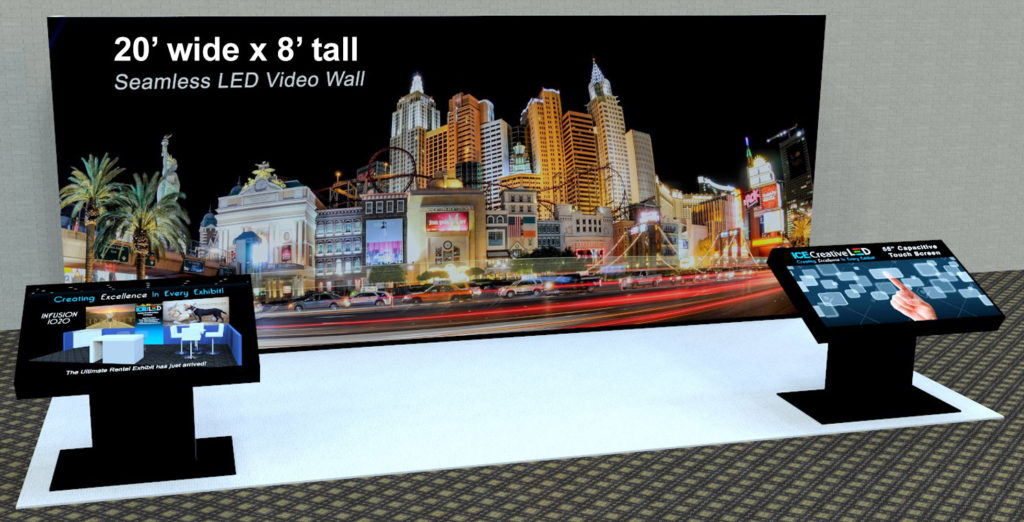The kind of LED chip used in a panel panel plays a significant role in its luminosity. Different Light Emitting Diodes produce varying levels of light output, which measure the amount of light perceptible to the human eye. Premium chips, such as those made using sophisticated technology, can generate brighter light with greater effectiveness. Furthermore, the hue temperature of the Light Emitting Diode also influences perceived brightness. For instance, colder color tones (higher Kelvin values) can appear more luminous than warmer ones, even at the identical lumen level. This characteristic is important for uses where visibility is important, such as in outdoor promotion.
The materials used in the building of LED wall screens also influence their luminosity. The type of foundation and encapsulation materials can influence how much light is conducted versus how much is absorbed or dispersed. For example, a panel made with premium optical material will allow more illumination to flow through than one made with inferior materials. Additionally, the design of the screen, including its thickness and the layout of the LEDs, can improve or diminish brightness by influencing how light is spread across the screen.
The energy supply provided to the Light Emitting Diode wall screens is another key factor in establishing brightness. Each Light Emitting Diode component has a particular voltage and electric flow requirement for ideal performance. If the energy source falls short, the brightness of the panel will decrease. Conversely, providing too much energy can lead to overheating and decreased durability of the LEDs. Therefore, ensuring a consistent and sufficient power source is essential for achieving uniform brightness levels. find This is especially vital in changing displays, where luminosity may need to be modified for different illumination conditions.

Lastly, surrounding elements can influence how more tips here brightness is viewed. Ambient illumination conditions play a major role in how luminous an Light Emitting Diode wall panel looks. In bright sunlight, for example, a panel with a reduced luminosity rating may have difficulty to be seen clearly, while a higher-brightness screen can be prominent more effectively. Additionally, the perspective from which the screen is observed can affect brightness appearance due to how light bounces off surfaces. Understanding these elements helps buyers choose the appropriate LED panel panel for their needs and guarantees that manufacturers create products that meet luminosity expectations for various uses.